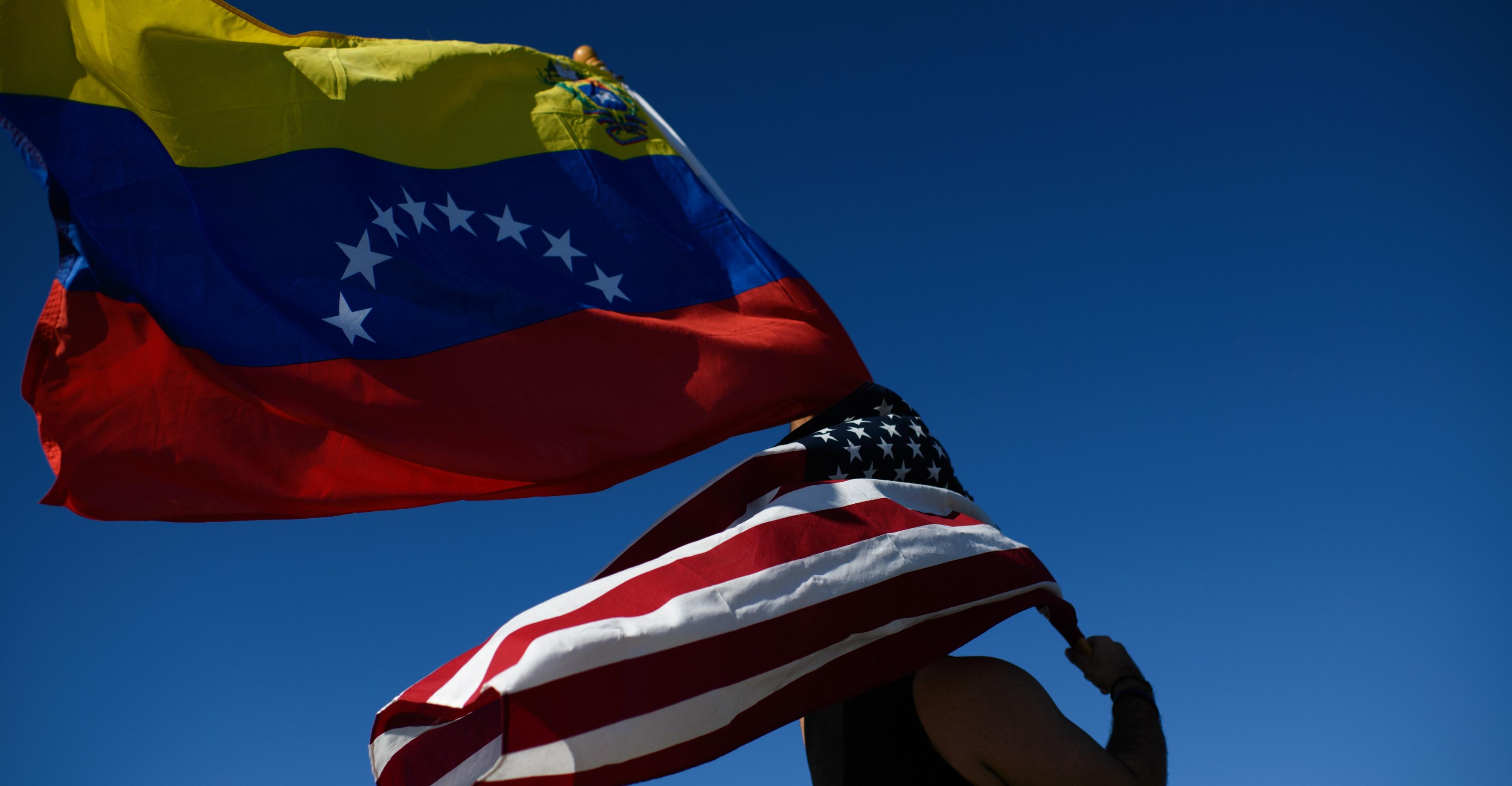Vice President Kamala Harris is potentially on the verge of becoming one of the most powerful people on Earth. At the same time, in part because her rapid ascent to the Democratic presidential nomination didn’t involve the sustained public attention of a long…

Published a year ago on Aug 17th 2024, 12:00 pm
By Web Desk

Vice President Kamala Harris is potentially on the verge of becoming one of the most powerful people on Earth. At the same time, in part because her rapid ascent to the Democratic presidential nomination didn’t involve the sustained public attention of a long presidential primary, she’s more of a cipher to many Americans than major party presidential nominees typically are. So who is Kamala Harris? In this video, we hand that story over to four reporters who have covered her at different points in her career. Kamala Harris first entered public life as the elected district attorney of San Francisco. She tried to distinguish herself from her predecessor, known for taking a progressive approach to crime, by calling herself “smart on crime.” She spoke more clinically and quantitatively than ideologically; she talked about numbers, not ideas or politics. That continued in her next role as California’s attorney general, in which she was often hard to pin down ideologically and reluctant to take political stances. But that role also made her a household name in California, and after six years as attorney general, she won the state’s US Senate race. Harris quickly became a well-known senator, but not for speeches or policy. Instead she found fame as the Democratic Party’s chief cross-examiner in the Senate, grilling Trump administration officials in confrontations that excited Democratic voters and sparked a movement for her to run for president in 2020. However, the Democratic Party had by that point become more ideologically progressive, and her record of being “smart on crime” no longer played as well with those voters. She struggled to find a political lane in the Democratic primary, and her run was short-lived. But when Democrats ultimately chose Joe Biden as their nominee, Biden vowed to pick a woman as his running mate. And after a summer in which the death of George Floyd and the massive ensuing protests sparked a national reckoning around race, Harris rose to the top of his list. As vice president, Harris struggled to find a role in the administration. Biden tasked her with an unenviable job: solving the “root causes” of undocumented immigration to the US. It was neither her area of expertise nor her ideological strong suit, and after a disastrous TV interview, she retreated from public view. But after the US Supreme Court overturned the federal right to abortion, things started to change. Harris had an expertise and authority on reproductive rights that Biden lacked, and she became the administration’s spokesperson on the topic, finding her voice and footing in public life again. In July 2024, an unpopular and visibly aged President Joe Biden withdrew from his reelection campaign, endorsing Kamala Harris as his successor. Lively and articulate by comparison, Harris quickly captured the enthusiasm of the Democratic Party, gaining momentum in the race against former President Donald Trump. Her continued success will depend on whether she can grow into the role of a galvanizing, inspirational political figure that she’s struggled to fill in the past. You can find this video and all of Vox’s videos on YouTube.
Trump cancels second wave of attacks on Venezuela after cooperation
- an hour ago
PM approves policy framework to reform gemstones sector
- 2 hours ago
Iconic Sultan Rahi's death anniversary observed today
- an hour ago

Gold prices surge in Pakistan, global markets
- an hour ago

Spotify is finally bringing your friends’ Listening Activity to mobile
- 4 hours ago

TP-Link brings an AI assistant to its smart home and home networking apps
- 4 hours ago

This 16-inch laptop is so light I can easily lift it with three fingers
- 4 hours ago
Health Ministry, Roche ink agreement to supply free cancer medicines
- 2 hours ago

Keep your home warm with the Google Nest Learning Thermostat, now only $230
- 4 hours ago

Trump’s immigration crackdown turns deadly in Minneapolis
- 11 hours ago

AI moves into the real world as companion robots and pets
- 4 hours ago

Universal Music signs a new AI deal with Nvidia
- 4 hours ago
You May Like
Trending











